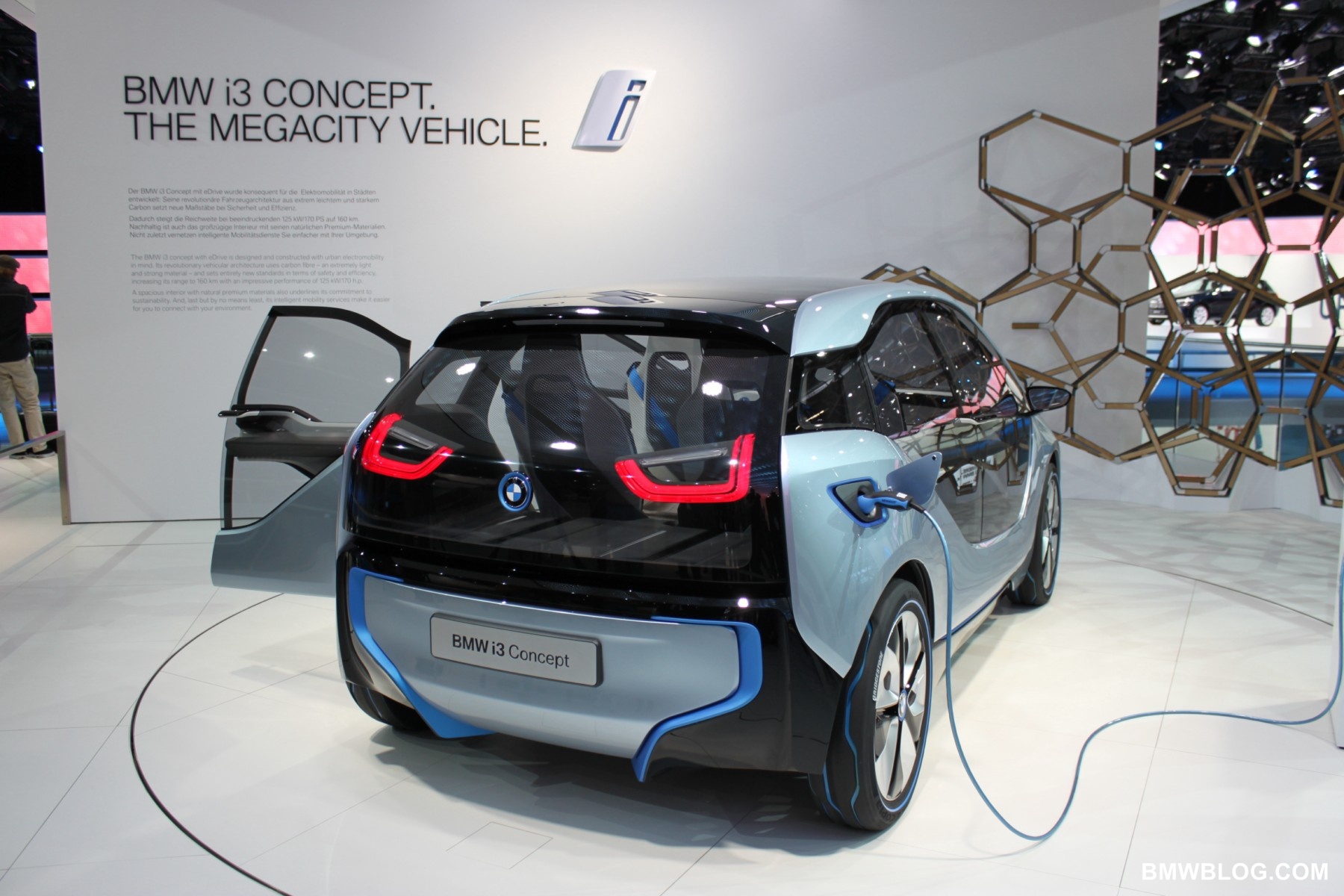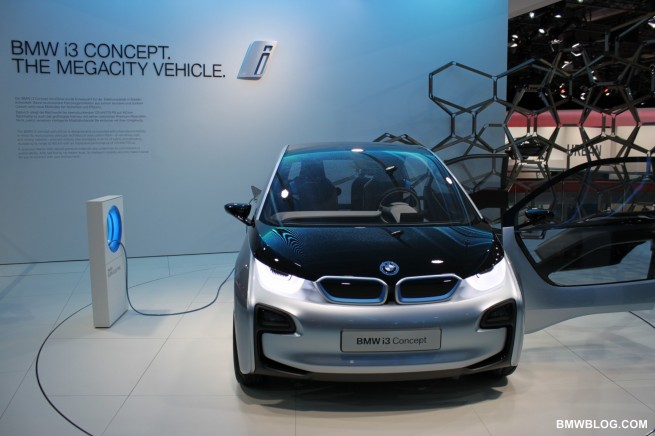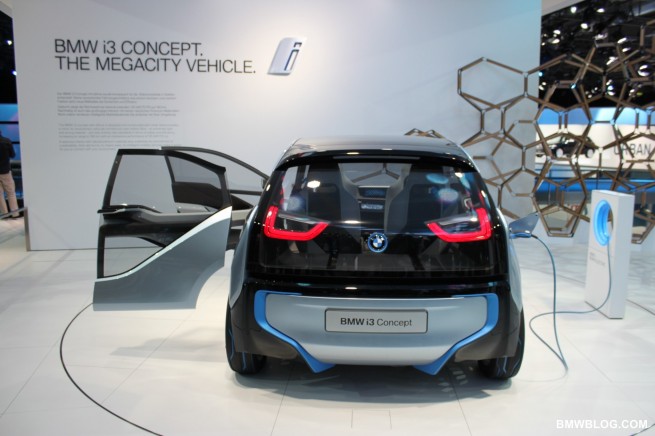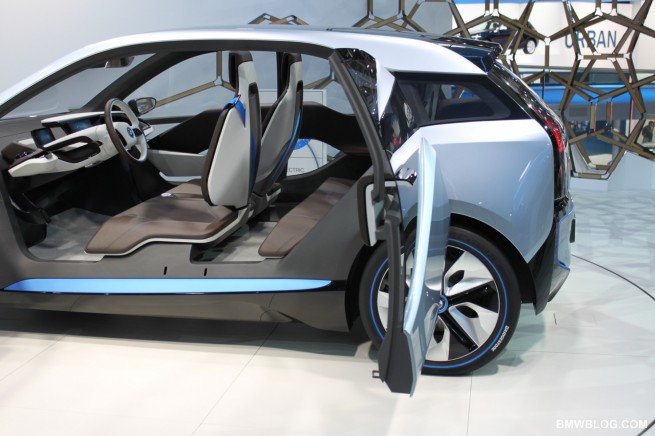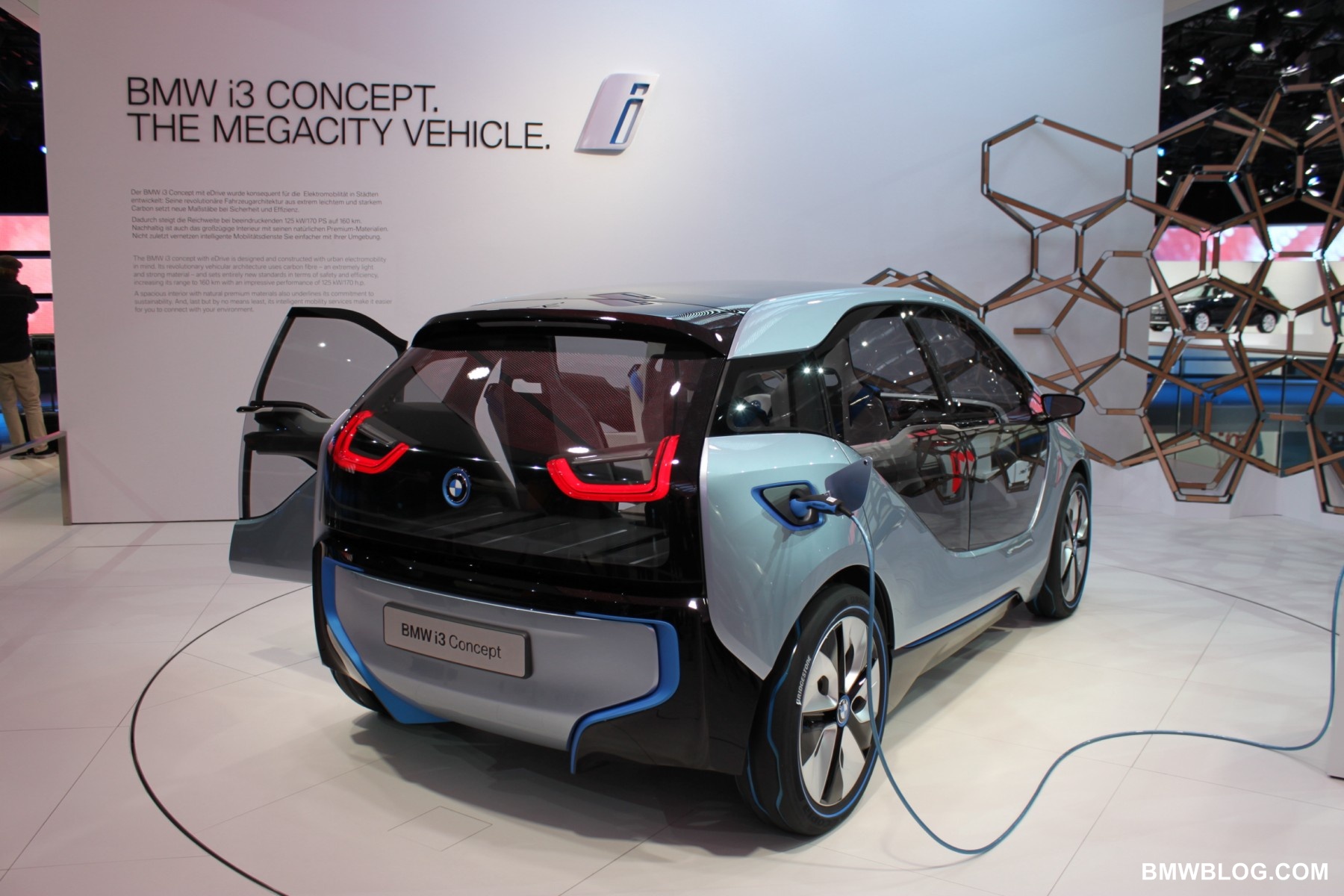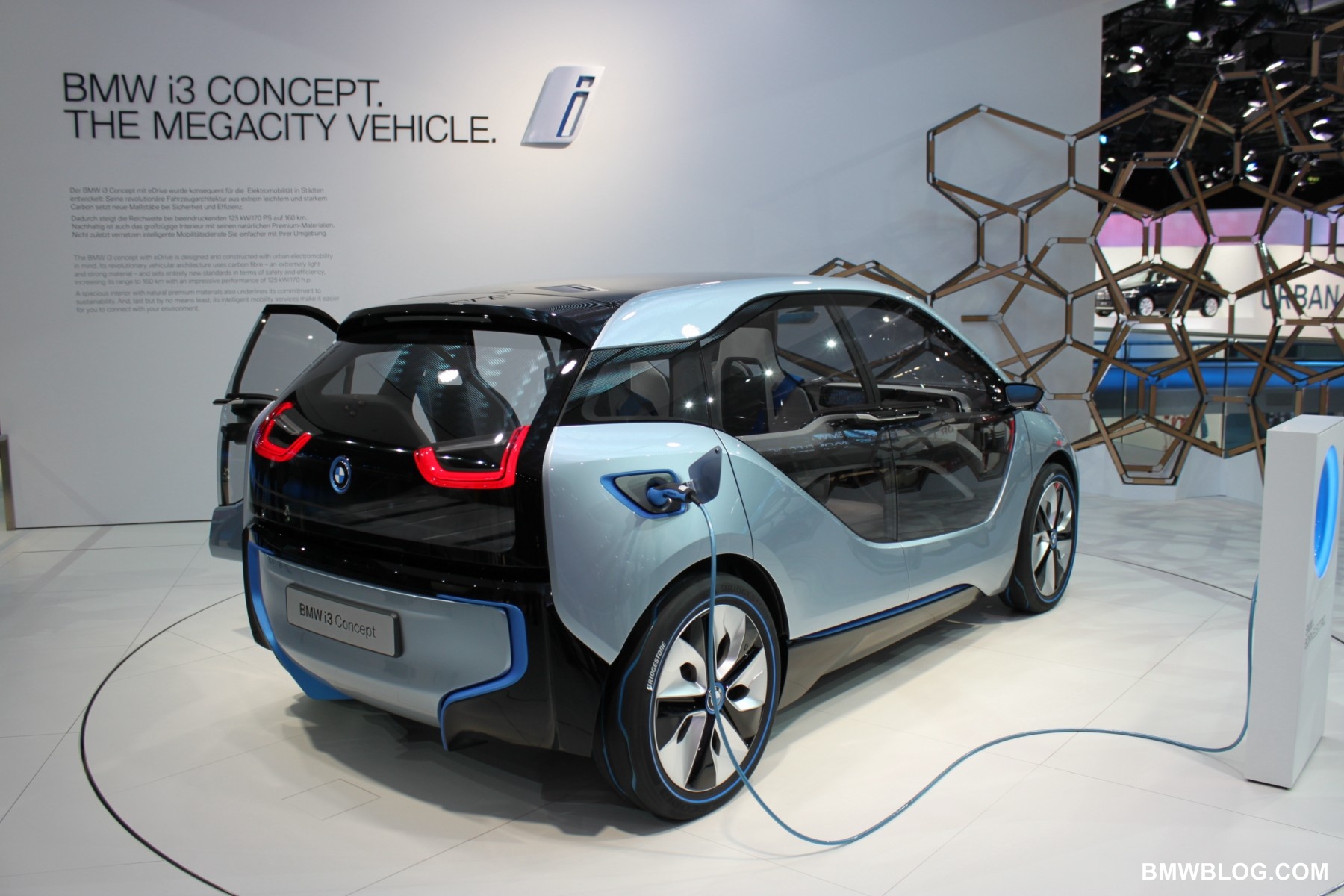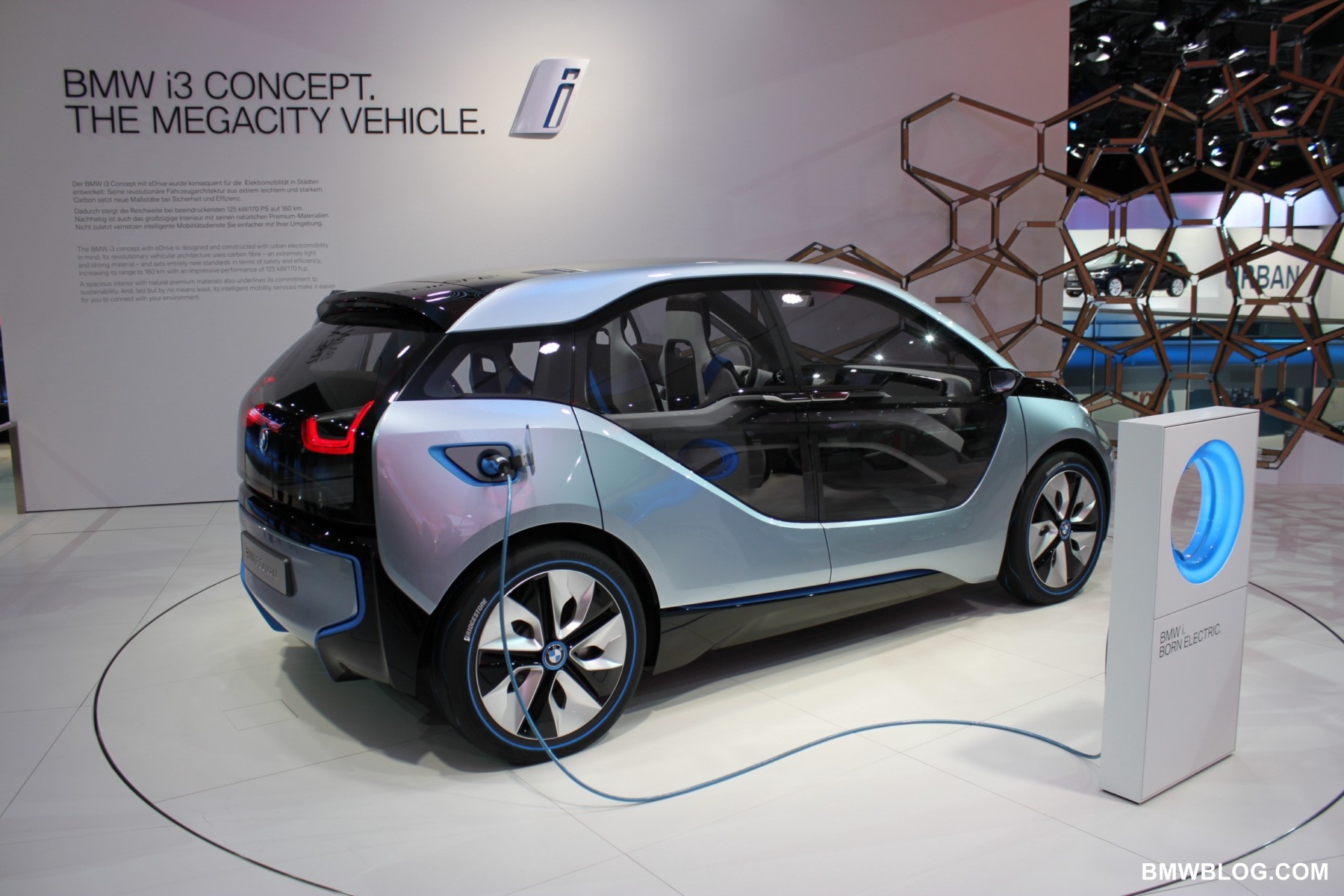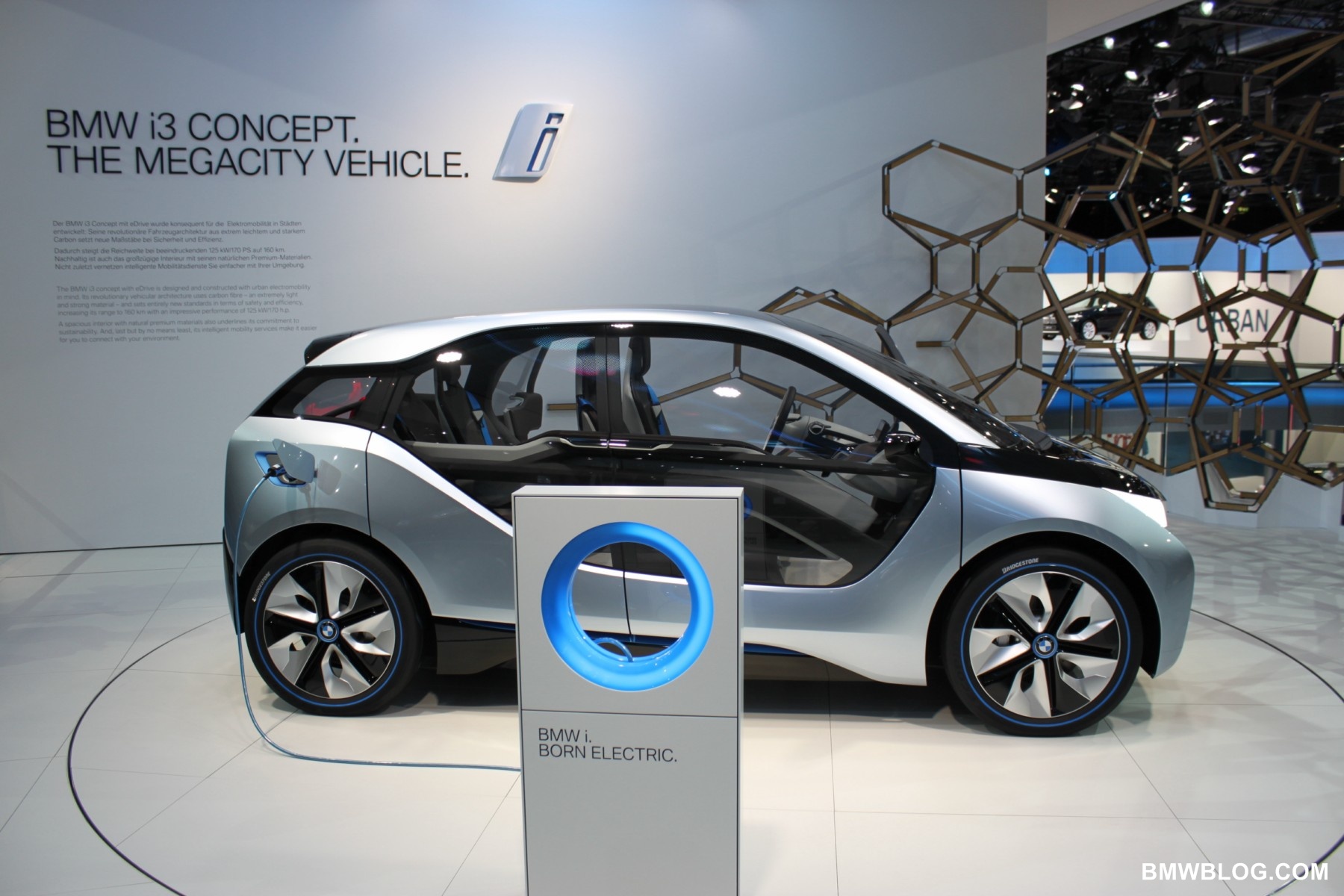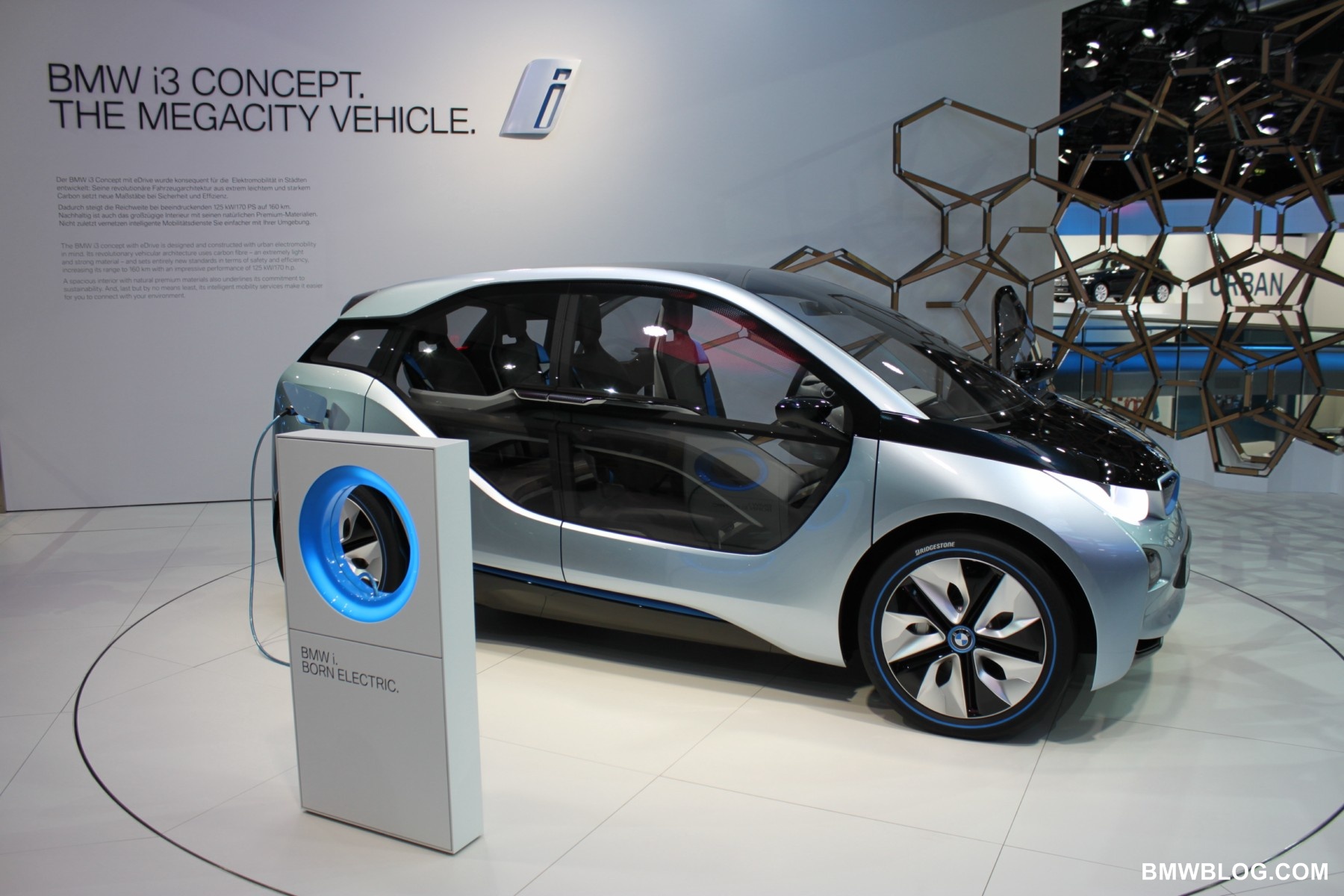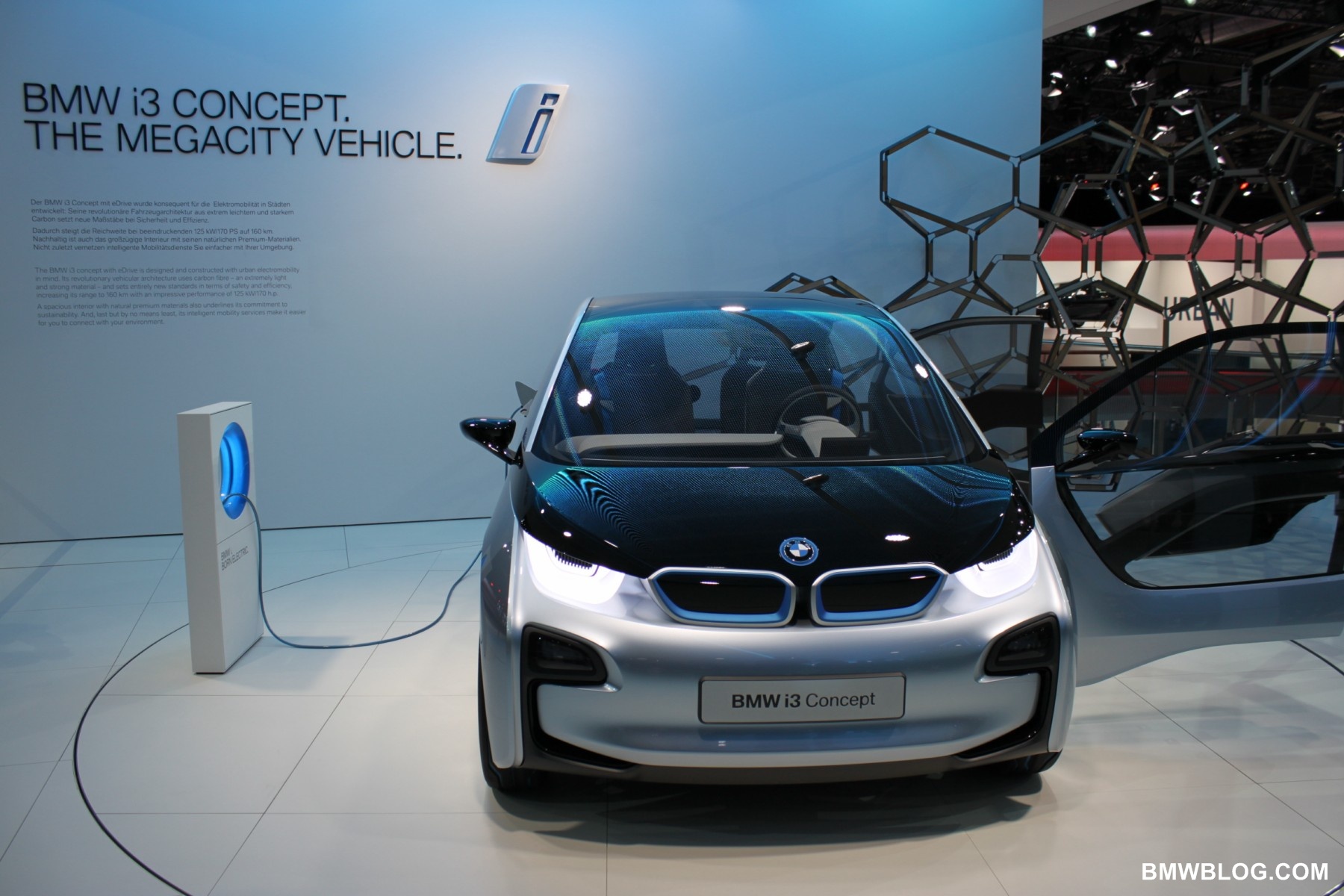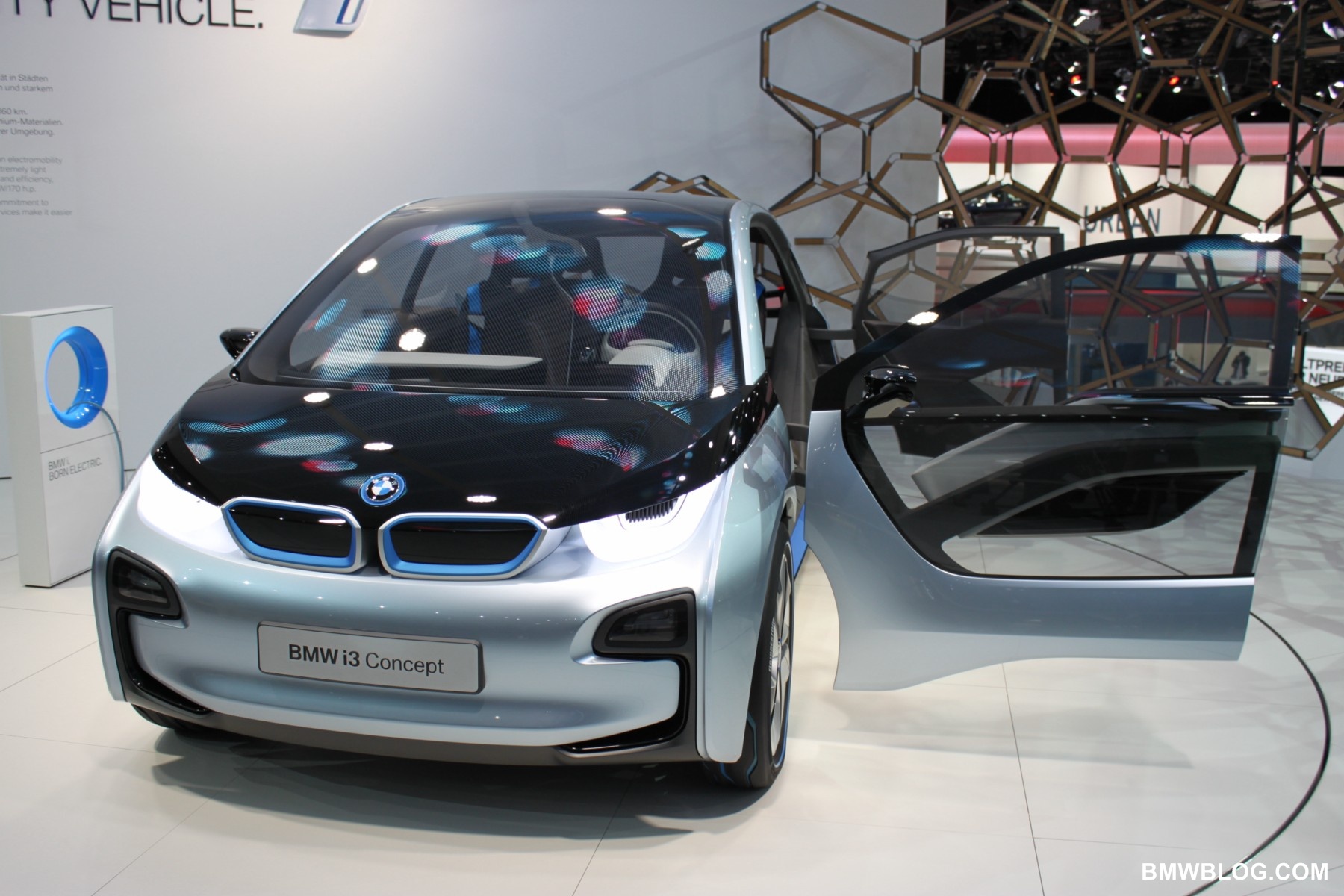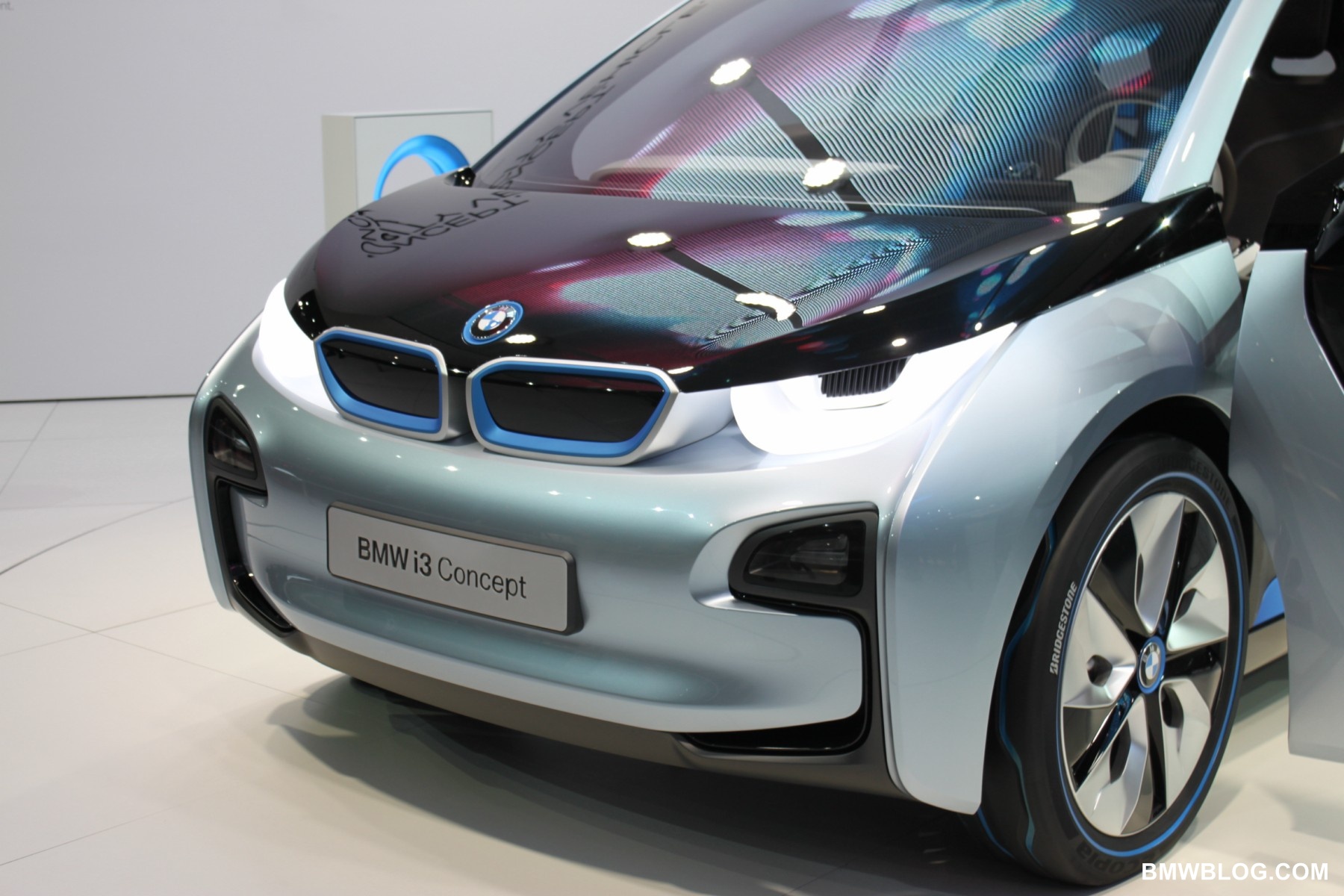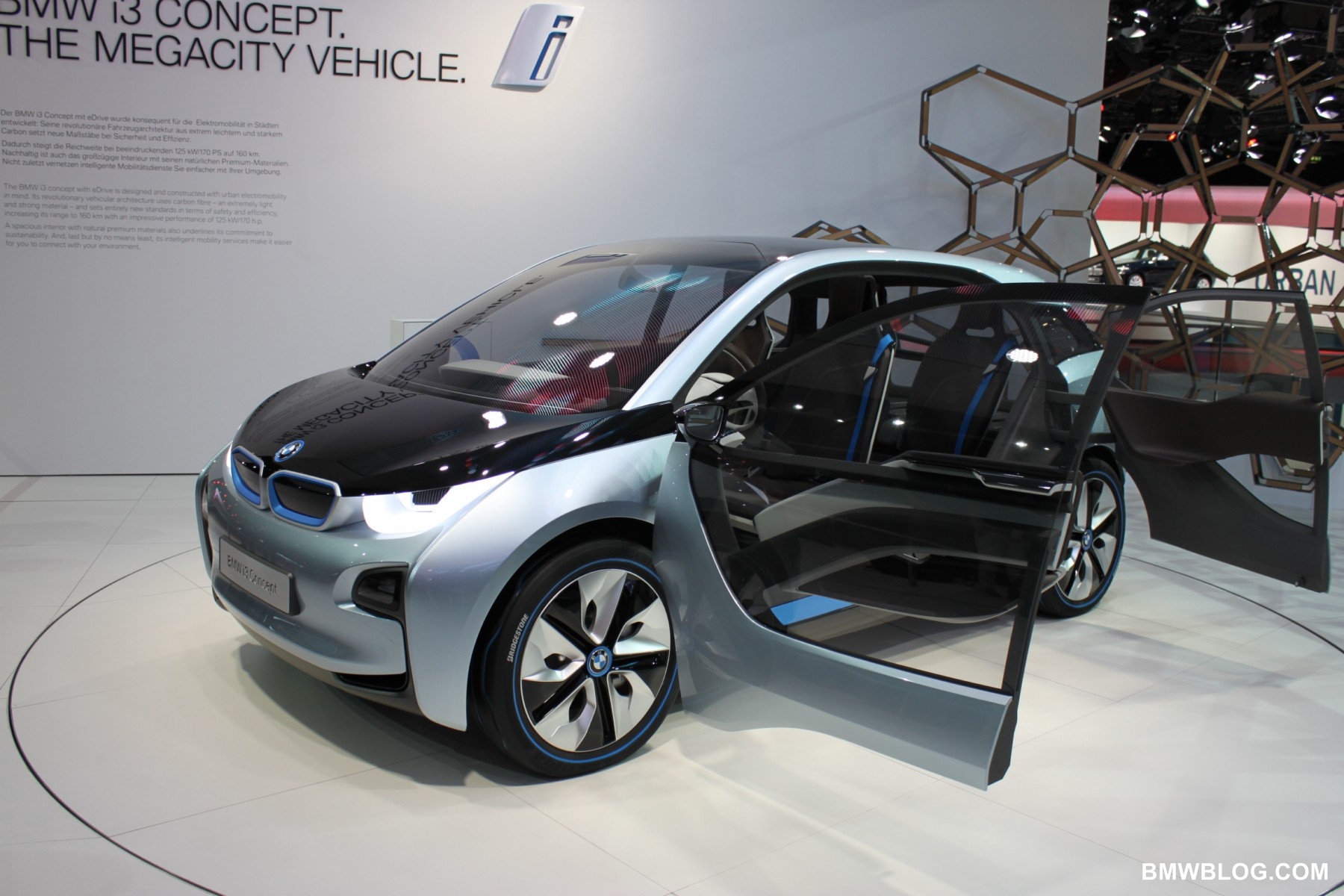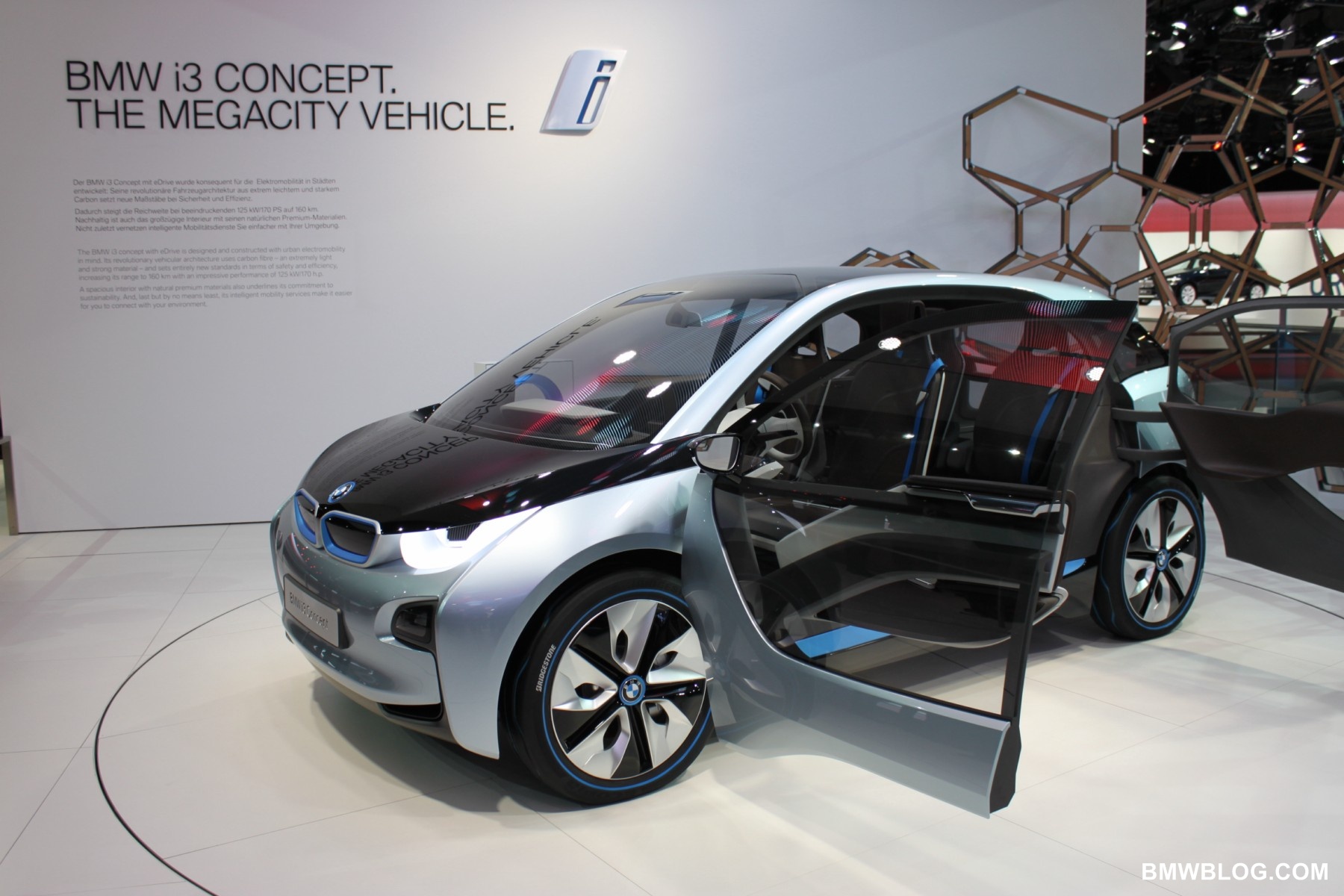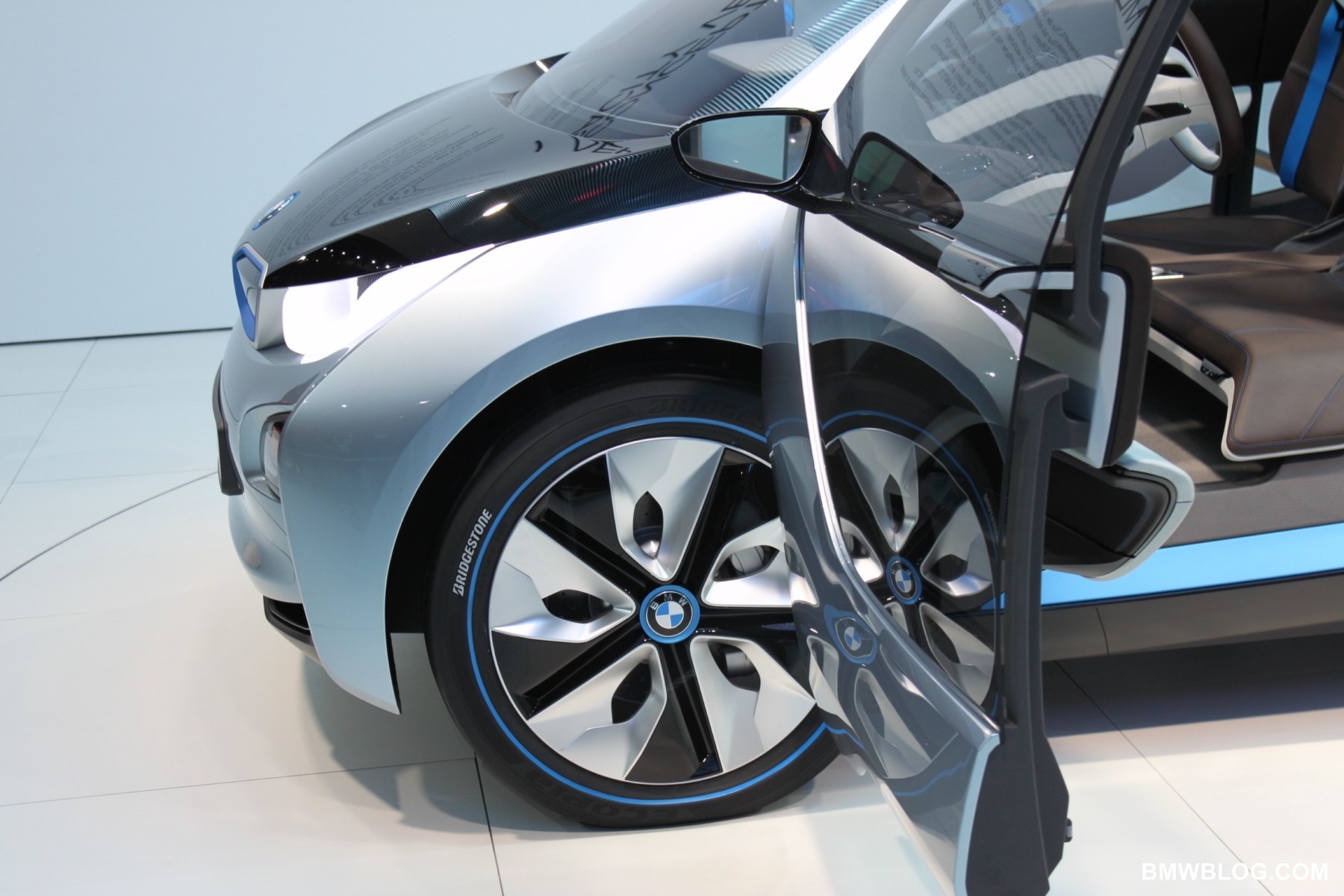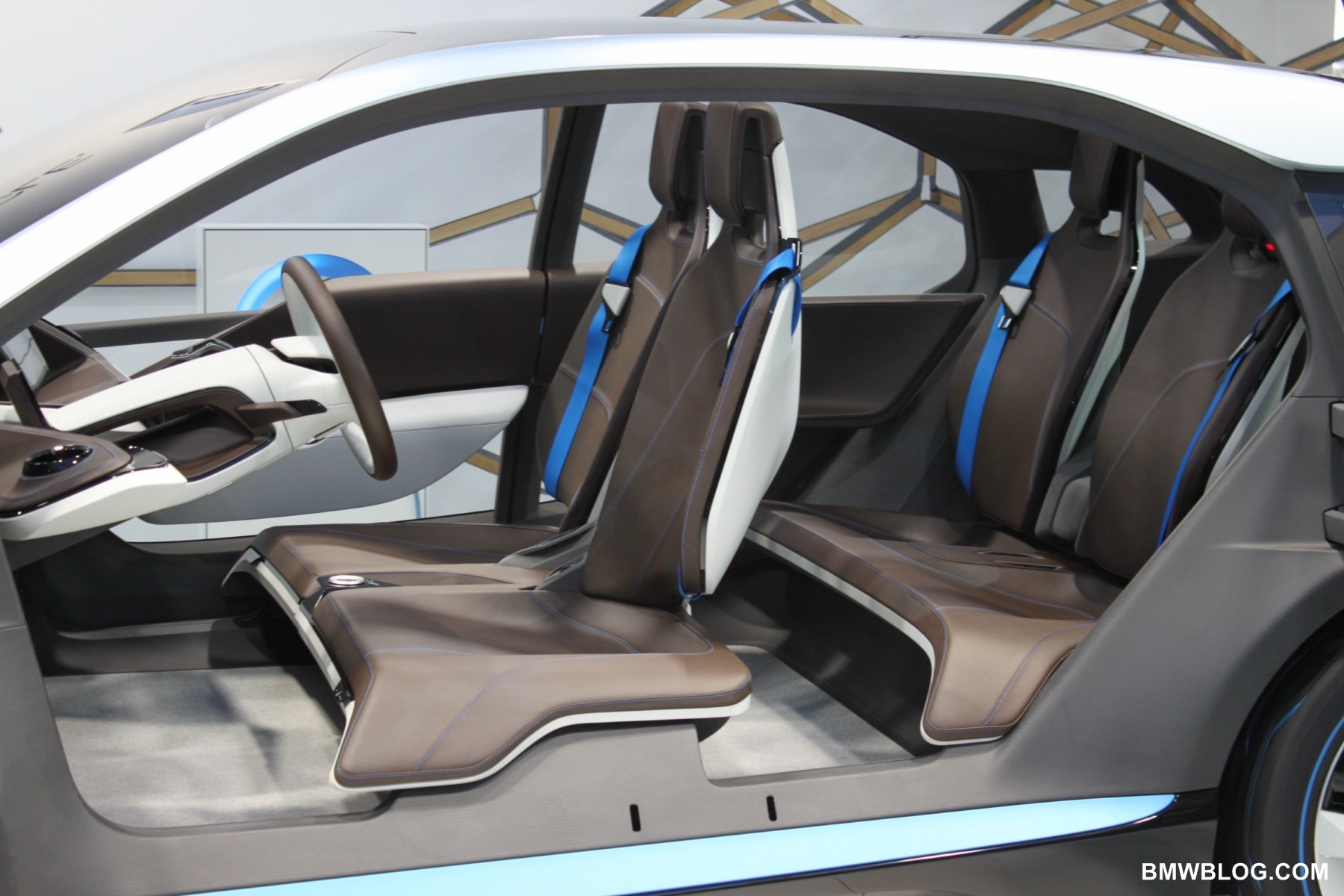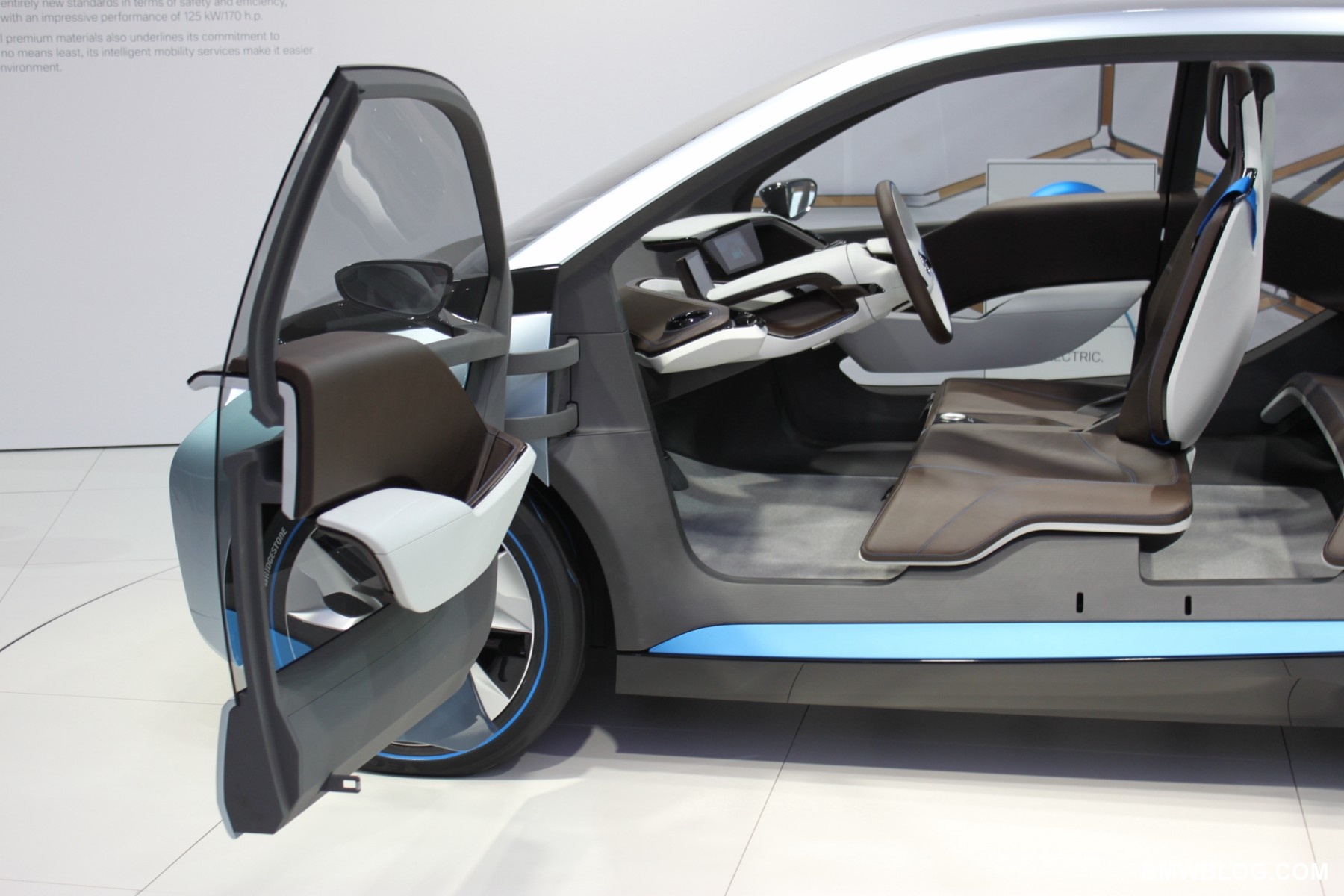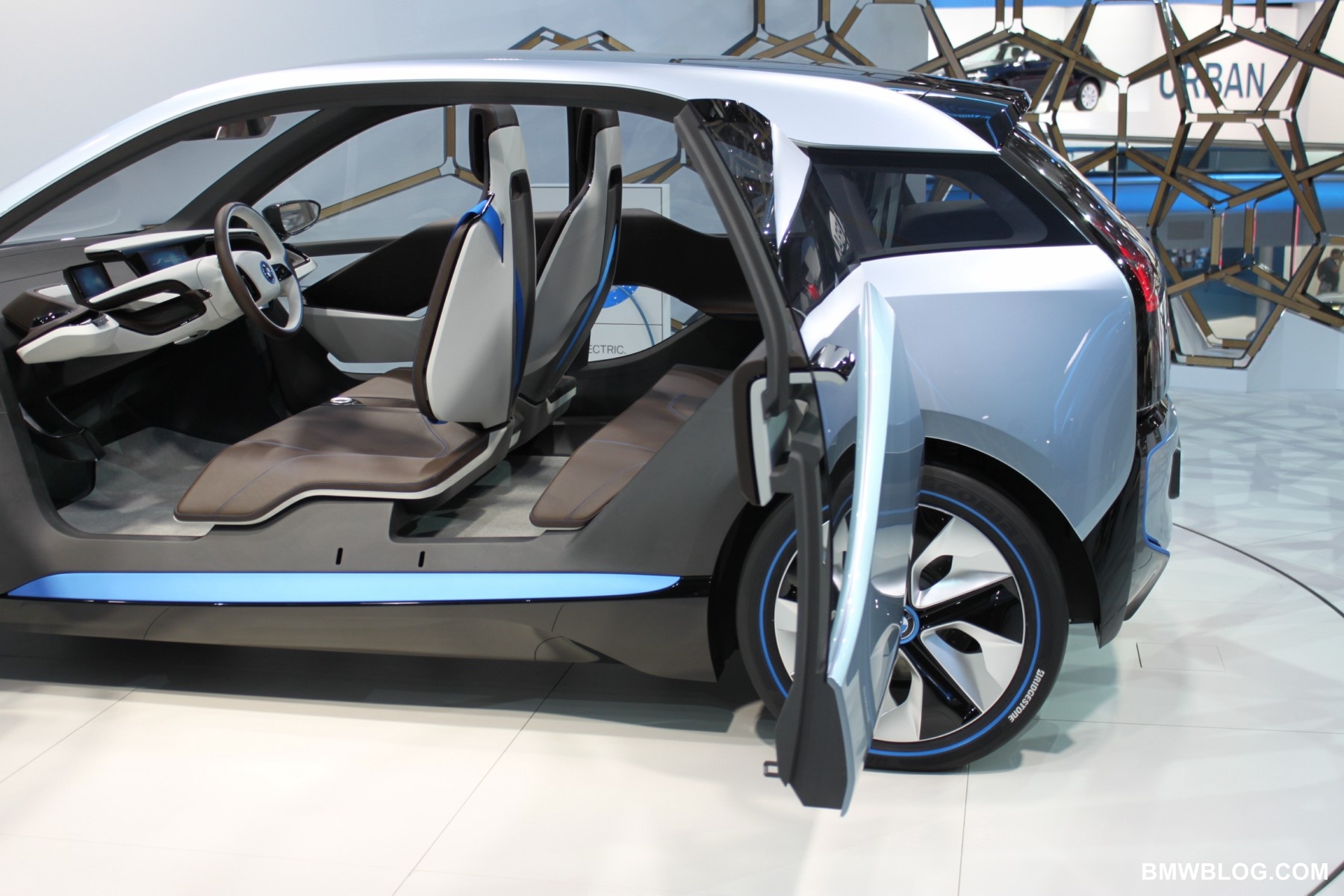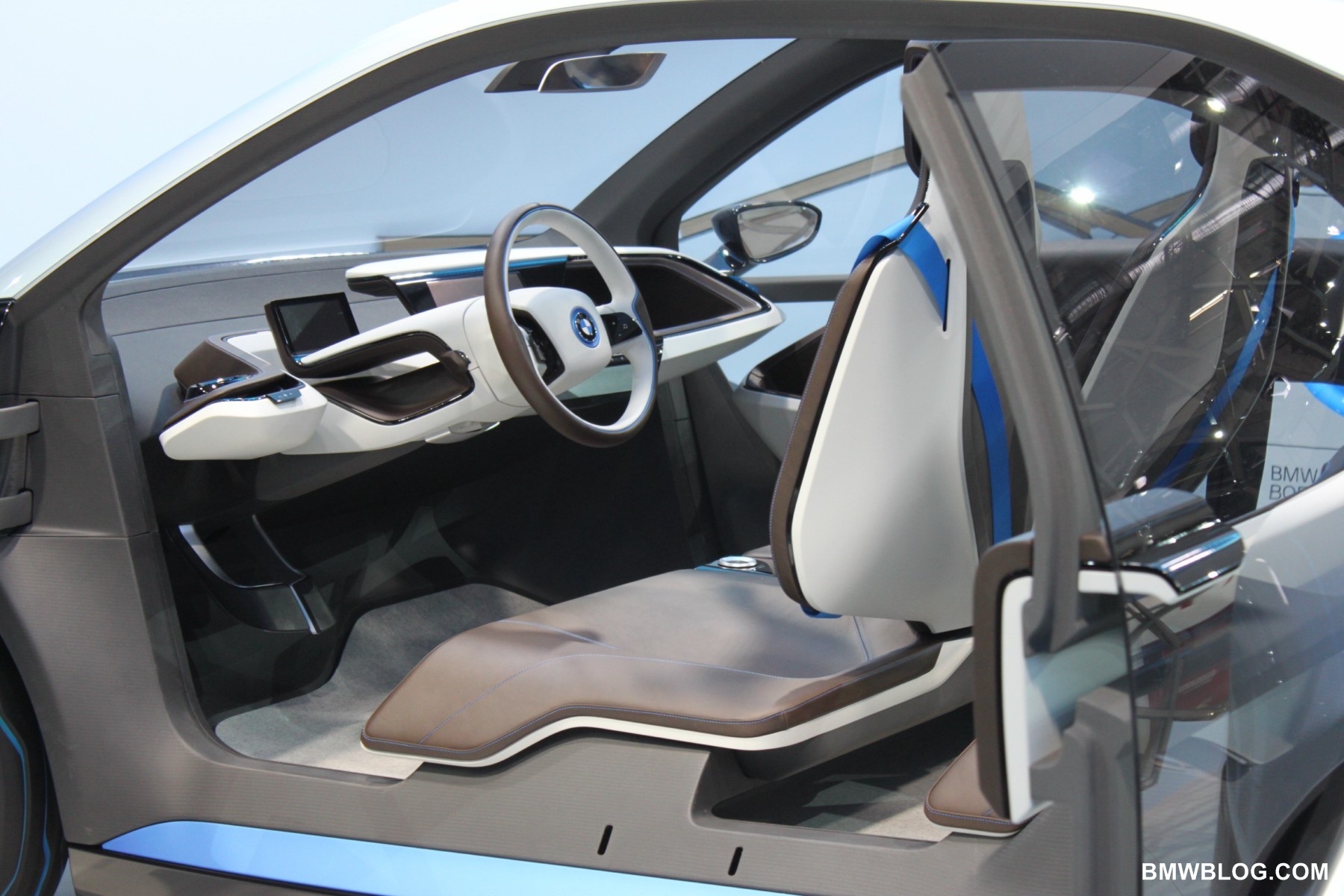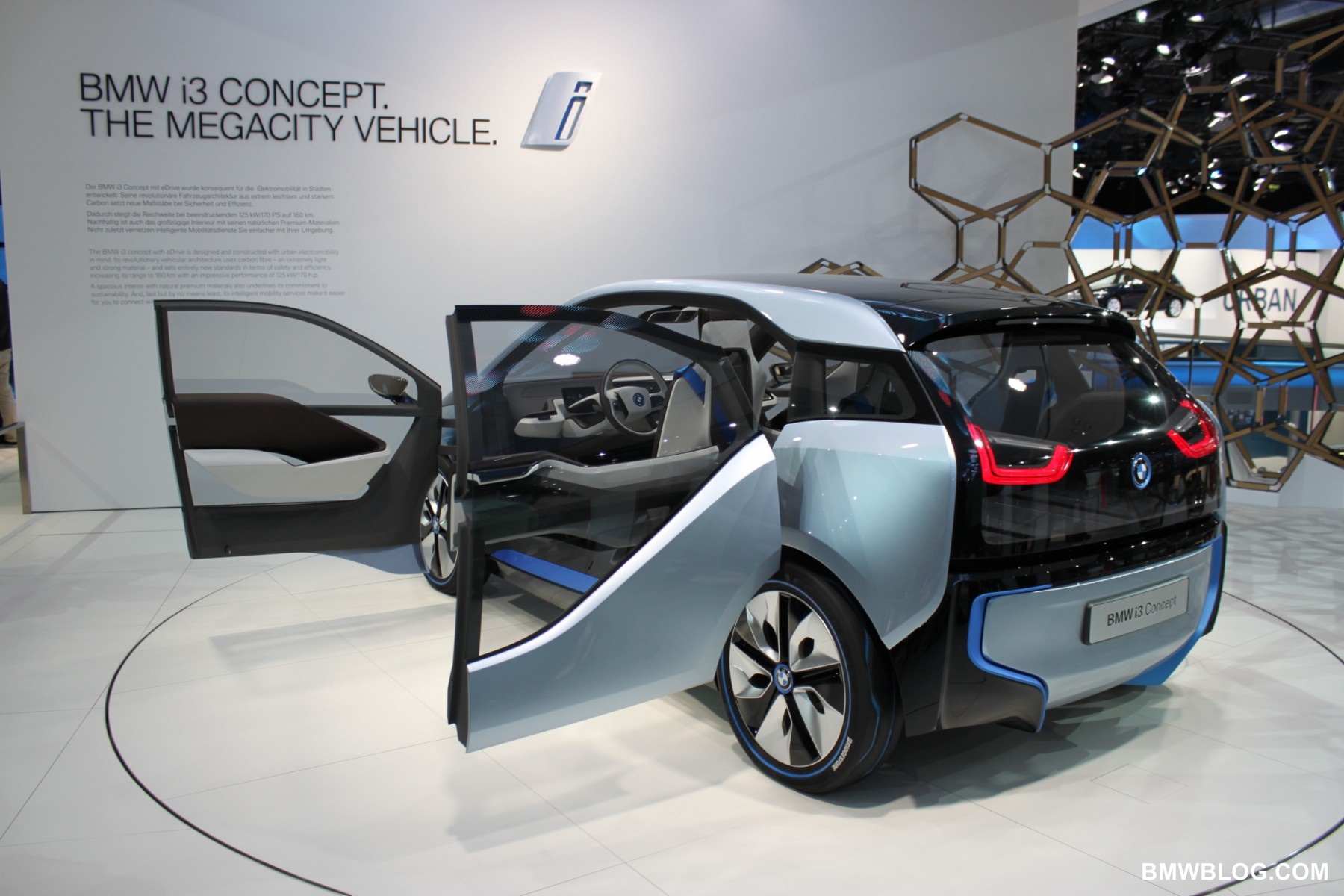BMW’s EffecientDynamics have been a key to the company’s ability to deliver performance with reductions in fuel consumption and vehicle emissions. The Twin Power Turbo gas engines are a significant contributor to that achievement and manage to squeeze big power out of relatively small packages. The four cylinder gas 2.0L engines are beginning to find their way into cars across the BMW model range.
The diesel engined cars are challenging their equivalently sized gas motors with decent acceleration and even better fuel economy. The hidden gem in BMW’s product line may be the 525d sedan – usefully quick and incredibly frugal. A winning combination.
The adaption of the eight speed automatic transmission has also allowed the use of the clever Auto Start Stop technology coupled to the additional overdrive ratios of the transmission. That provides enhanced fuel economy, and yet takes nothing away from the driving performance expected from a BMW.
BMW is introducing a new driving mode called ECO PRO that can be utilized whilst driving in everyday traffic. ECO PRO mode is activated by what is called the ‘Driving Experience Control’ switch. It is NOT a performance mode, but rather, according to the press release, ‘a relaxed and fuel-efficient driving style at low engine speeds’. Auto ETA? (And yet when requested, it will go back into regular performance mode).
The ECO PRO mode is standard in the new 1 series and to the four and six cylinder models of the 6er and 5er Sedan and Touring. (No verification at the time this was written as to whether or not this feature will make it into the US market.)
And Frankfurt is the first public display of BMW’s ‘i’ sub-brand concept cars, the i3 and the i8. BMW showed the i3 and i8 concept to an international group of journalists at the end of July, a tease, if you will, of their public unveiling. While the focus of gearheads will be the i8, the i3 is the model that is the key to the ‘i’ sub-brand’s success. BMW will sell every i8 they can build and they won’t build that many (purposefully – after all this is a halo car for the sub-brand). But word is that they intend to build 30,000 i3s a year. The i3 should be in production in 2013 at the Leipzig plant. The first production build of the i8 should come shortly after the i3.
The i3 is a pure electric vehicle meant for the urban environment. It houses a 170 HP electric motor in the rear of the vehicle (transversely mounted) and a battery pack low and centered in the aluminum chassis structure of the vehicle. The passenger cell, referred to by BMW as the ‘life module’ is a carbon fiber reinforced plastic (CFRP) structure. Thermoplastic skin panels are ‘hung’ on the exterior of the CFRP module. This is one feature that has allowed the ‘layering’ design concept to shine in the ‘i’ models. (The exterior skin is not integral to the vehicles structure.)
The i8 is a four place sports car. Think of this a Green Touring car, it utilizes the electric motor (with modifications) found in the i3 and a Twin Power Turbo 3 cylinder gas engine. The electric motor lives in the front of the vehicle and powers the front wheels only, the gas motor lives in the rear and powers the rear wheels only. Some very elegant software can select between front, rear, and all-wheel drive depending on the driver’s demands. There is no transfer case. The i8 is a plug-in hybrid with its battery pack forming a central spine, low and smack dab in the middle of the interior.


